Each year, 100,000 people wake up clamoring to dig in the sand for razor clams along a stretch of Washington states beach.
They pull on waders, reach for their clam guns and head to a 58-mile section of coastal Washington that extends from the mouth of the Columbia River to Moclips, near the Olympic Peninsula.
The wily razor clam is one of the most sought-after shellfish in the state. They’re big, chewy and make a mean clam chowder.
But first buy a license to pin to your waders.
Razor clamming is a highly regulated sport with rules set by the Washington Department of Fish and Wildlife. Digging is restricted to specific beaches and times on limited days during the season. Flout the rules and risk a hefty fine. (The clam cops are watching.)
There are many reasons to join the masses wandering the Pacific beaches carrying shovels or what look like fat pogo sticks, their heads bowed toward the sand.
Some are from clans of clammers, who’ve roamed the beaches for generations. Some just want to experience the hullabaloo.
Others do it to hear the ocean roar, watch the waves roll and feel the wind from some faraway place.
For Everett Daily Herald colleagues Janice Podsada, Andrea Brown and Brenda Mann Harrison, it was an escapade from the newsroom during the March digging season.
On the road
You can’t just head to the shores of Mukilteo. Like surfers, razor clams like big wave action. From Snohomish County, that means a several-hour drive to an approved beach on the coast.
Did someone say roadtrip?
Roadtrips offer unregulated fun with clamming as an excuse. Or a purpose, as was Brenda’s case.
Brenda is a seasoned razor clam digger with all the gear. This was a trip she’d been planning on her own. It sounded exotic to Janice and Andrea, who were clueless that the sport existed, so they coaxed Brenda into letting them tag along.
Moclips is a 170-mile drive from Everett. It took us six hours with stops for Costco gas, Kurt Cobain and procuring a shellfish license at Big 5 Sporting Goods in Aberdeen.
But first, lunch at Eastside Big Tom in Olympia, a tradition for Brenda’s family clamming adventures. Billed as the state’s first drive-thru burger joint, it is known for great milkshakes, solid burgers and crinkle-cut fries piled high. All served in an outdoor den of giant plastic dinosaurs.
Big Tom is a must stop for dino fans and foodies. Be sure to take a selfie by the toothy T. Rex or the ice-cream cone chairs.
Our Big lunch was about $10 a pop.
Of course, our Subaru Forester needed sustenance, so the next stop was the Tumwater Costco for gas and a jog around inside of the store, just because.
The next hour was spent driving and loudly singing Nirvana’s greatest hits, anticipating our arrival in Aberdeen. Fittingly, the city’s welcome sign reads “Come as You Are,” in honor of the grunge band’s frontman Kurt Cobain.
On the muddy shores of the Wishkah River, where Cobain hung out, is a city park dedicated to his memory.
Kurt Cobain Memorial Park attracts a stream of visitors. Overlooking the river, where some of Cobain’s ashes were scattered 30 years ago, is a concrete statue of a guitar, a headstone strewn with fresh flowers and a storyboard. “His spirit flows with the tide twice daily,” the board reads.
“Kurt’s Air Guitar” in a bright purple frame invites the next heavy metal shredder to rock it.
William Gallington, 34, the park’s self-appointed caretaker, greets visitors and picks up the cigarette butts, bottles, cans and blankets left under the Young Street Bridge. The underside of the bridge is festooned in colorful graffiti. In solidarity, we penned our names.
“When it’s a hot day, at least 250 people a day from all over the world come here,” Gallington said. “I try to come here every day and clean it up.”
Locals still party under the bridge, he said. But, for us, it was a 15-minute detour. We were still short a legit shellfish license and the clams were calling.
Shellfish scofflaws
An hour later, we’re checking into the Hi-Tide Ocean Beach Resort in Moclips.
The rental condos on Mocrocks Beach are a digger’s paradise. There’s an outdoor clam shack with a clam washing station and a hose to clean your clam gun.
For those who don’t know what a clam gun is, it’s a plastic or metal tube about 30 or so inches long with a T-shaped handle that’s used to drive the tube into the sand. The contraptions start at around $50 and can top $200 for a stainless steel “claminator.” If you’re lucky, you might snag one at a garage sale for $3.
Spotting a “show” — the hole or dimple in the sand where a razor clam has withdrawn its neck or started to dig — is both an art and a science.
But that’s tomorrow…
Our US$300-a-night one-bedroom suite was 300 yards from the beach with a front-row view. With wine in hand, we watched the sun set over the ocean. Later, lantern in hand, we walked along the dark beach, treading lightly so as not to disturb our future prey.
Before bedding down, we paged through three volumes of journal entries handwritten by previous guests over the last 30 years.
“I woke up this morning full of laughter and joy,” an entry from June 2007 said.
“I feel alive here. The sounds, smells and connection to nature,” another guest wrote.
We wondered about the fate of the happy couple who left this review in 1993: “Wonderful place. Excellent food, good company and great sex.”
For newbies Andrea and Janice, prepping for the morning involved watching how-to clam videos and gawking at shellfish scofflaw fines. Brenda had already tucked in for an early start.
We slept easy, our $9.70 three-day razor clam license by our sides. Diggers 15 and older need a license.
“More people participate in this fishery than any other,” said Bryce Blumenthal, a coastal shellfish biologist with the state Department of Fish and Wildlife.
Each year, 100,000 clammers make an estimated 300,000 digger trips and harvest some 4 million razor clams, Blumenthal said.
On a busy weekend, as many as 30,000 people might be prowling the beaches. But digger beware, the spring’s catch was limited to 15 razor clams per person per day.
The clam cops don’t fool around. They’ve heard every excuse. The state has been managing the razor clam harvest since 1929.
“Most razor clam violations are criminal and require a court appearance,” said Becky Elder, spokesperson for Washington’s Fish and Wildlife Police.
Enforcement officers patrol the beaches year-round. The most common violations are not having a license, digging over the limit and digging another person’s limit, Elder said.
One digger told us that her family was slapped with a $1,700 ticket for having six clams over the limit.
It’s the slammer, clammer!
Still, for the thousands of diggers who descend on state beaches, it’s a relatively low number of violations, Elder said.
On the beach
Advice from Brenda, the clammer among us:
If you’re serious about bagging razor clams, timing is everything. The typical clamming window is less than four hours a day during designated times.
Morning digs can start early. Your best bet is to hit the beach two hours before or two hours after low tide. The lower the tide, the better.
If, like Andrea and Janice, you prefer lounging with a cup of coffee, you could miss a lot of the action. By the time we pulled on our cute rain boots and ambled to the beach, Brenda had wrangled eight clams from the sand and soaked her waders.
More Brenda wisdom:
For novice diggers, the best tutorial is watching serious types toting a mesh bag that’s rattling with clams.
Be bold. Ask them to point out a clam show.
Watch their technique, the twist and plunge of the clam gun. It takes determination and the right moves. Clams are quick diggers. If they sense the sand is being disturbed, they burrow even deeper.
Mocrocks Beach was crawling with plenty of people to consult.
AJ Hamilton came from Montesano, Washington, to share the ocean and razor clamming experience with his two young sons.
Hamilton was 7 when he last went clamming. The time felt right to try it again.
For a while, he just wandered slowly at the edge of the water with his clam gun in aimless pursuit, his face pointed toward the sun. One-year-old Archer rode on his back, and Sterling, 3, toddled nearby. At that moment, it was more about being together on the beach than filling a clam bag.
Lynne Jones kept her clam gun at the ready as she trolled the beach.
She learned how to clam at her grandma’s knees.
“My grandmother used to can them,” said Jones, of Auburn. Or dipped the clams in ground-up crackers and egg to fry.
It can take four tries to get one razor clam, Jones said. But it’s never a done deal with these slippery escape artists.
“I knew one was there, and I reached in after I dug it,” she said. “I could feel the shell but I couldn’t catch him.”
Razor clams get their name from their sharp-edged shells.
Although Jones reaches in for the capture with bare hands, “I’ve never been cut,” she said.
Her day’s catch was destined for the soup pot.
“Even if I don’t go home with too many clams today, it’s just nice to be here,” Jones said. “Isn’t it beautiful?”
Final score
Brenda bagged 12 clams for the cooler on this trip. She would have caught 15 if she hadn’t put down her clam gun to pick up a camera for this story.
After a dozen tries, Janice and Andrea caught big tubes full of sand. The little rascals evaded capture, this time, but we were happy (as clams) so who cares. Clamming is harder than it looks, and way more fun.
We are clamoring to try again when a new season starts in September.
The cost of our clam-digging junket was about $500, including gas, food, lodging and license. Way cheaper than the penalty for shellfishing without a license, up to $5,000.
Final score: 12 clams caught. Or $42 a clam.
If you go:
Clamming toolkit
• Carrying a shellfish license with you when you’re clamming is mandatory.
• Rubber boots are the bare minimum. Many opt for high waterproof boots or hip waders, which come in handy for kneeling on the sand.
• The digging device can be a clam shovel (not your ordinary garden shovel) or a clam gun. The tubes are made from aluminum, PVC pipe or stainless steel.
• Netted bags are designed to hold the catch. Clip the bag to your belt or carry it. A full catch of 15 clams doesn’t weigh much.
• Use a cooler and ice pack to transport the catch. Cover the clams with wet towels for the best results.
• A tarp or two, some plastic bags and extra towels can help prevent sand from messing up your vehicle.
Clamming around
For such a serious sport, there’s a lighter side of razor clamming.
The Ocean Shores Razor Clam Festival is a an annual three-day wingding in March that celebrates clam chowder, clam T-shirts, clam decals — clam, clam, clammity clam, wonderful clam. (Nod to Monty Python.)
Happily, our visit coincided with the annual festival about 20 miles down the coast from Moclips.
Besides food and crafts, there’s a booth stacked with state shellfish experts to answer your questions about the little filter-feeders. There’s even a clam gun decorating contest. Win, and take home a garden table with, what else, an inlaid clam mosaic. A consolation prize for hapless clammers.
This article is featured in the spring issue of Sound & Summit, a supplement of The Daily Herald.
Plan your adventures throughout the West Coast at westcoasttraveller.com and follow us on Facebook and Instagram @thewestcoasttraveller. And for the top West Coast Travel stories of the week delivered right to your inbox, sign up for our weekly Armchair Traveller newsletter!







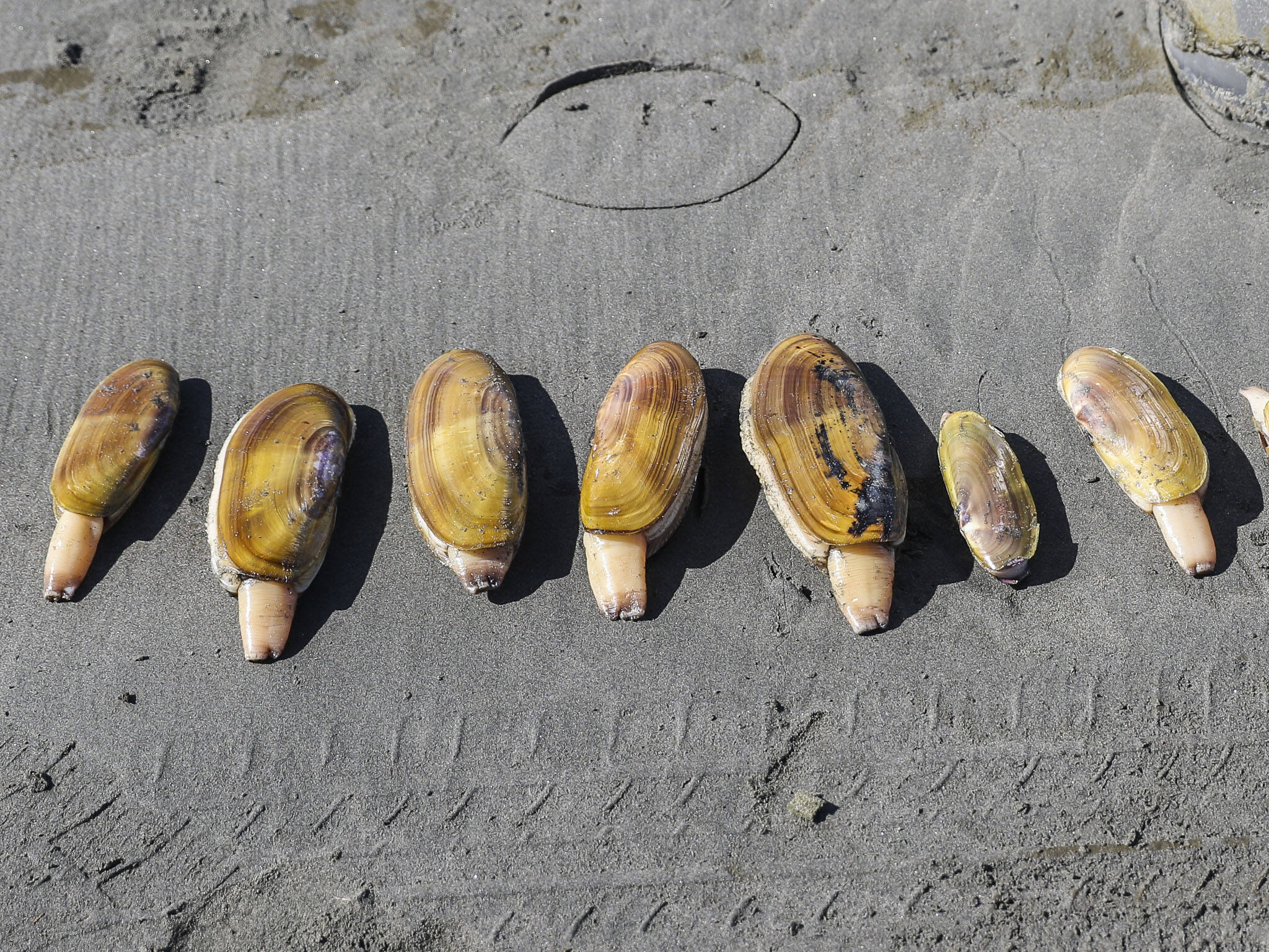


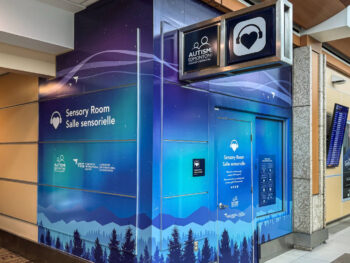
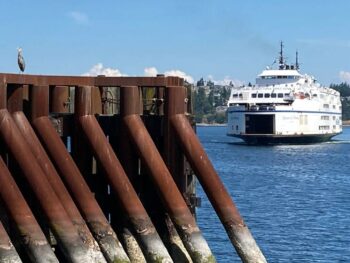
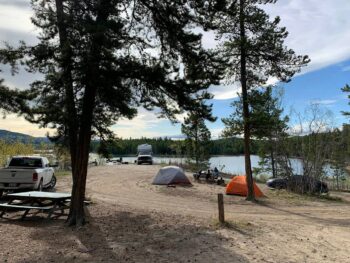
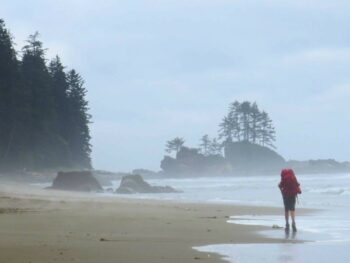
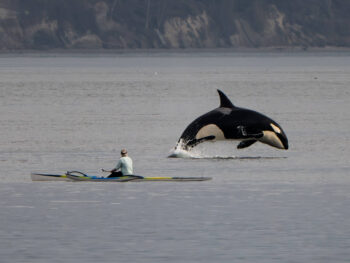
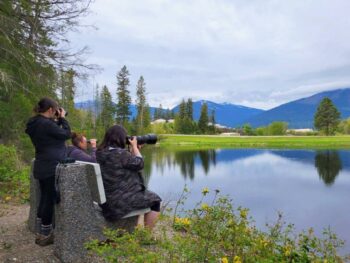

 Victoria music festival Rifflandia announces full lineup
Victoria music festival Rifflandia announces full lineup